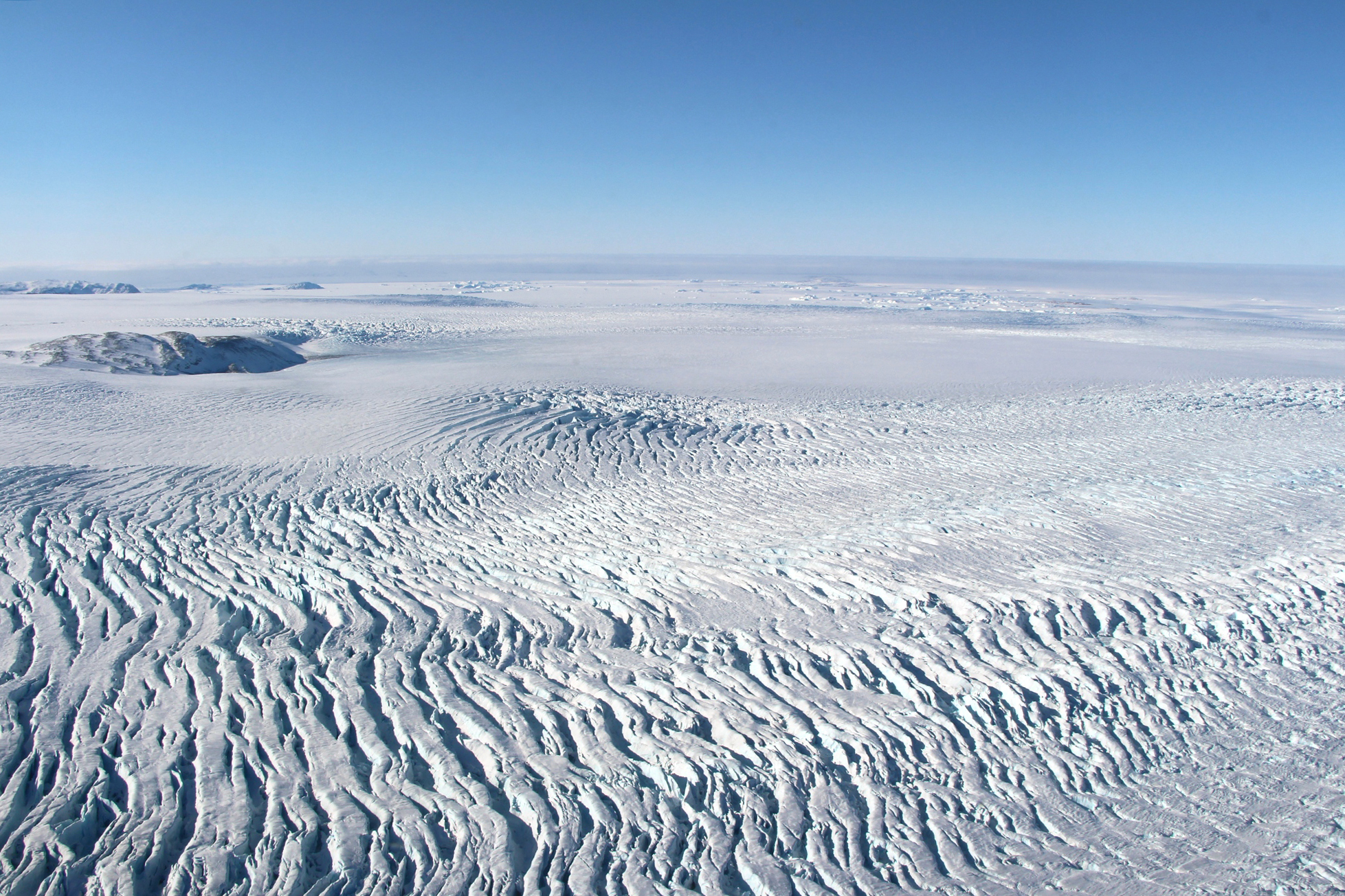Excerpt:
And now there are only five large shelves left, stretching out from their fjords toward the Greenland Sea and the Arctic Ocean. That includes three major ones — Petermann, Ryder and Nioghalvfjerdsbrae (often referred to as 79 North for its location in degrees latitude) — whose respective glaciers could ultimately account for 3.6 feet of sea level rise if they were to melt entirely — a process that would take centuries to play out.
“Those are the last remaining ice shelves of the ice sheet,” said Romain Millan, the lead author of the study in Nature Communications and a scientist at the Université Grenoble Alpes in France. “All the other ones have collapsed or retreated.”
Overall, losses of ice from Greenland have caused about 17 percent of observed sea level rise globally between the years 2006 and 2018. But it could get worse from here.
If Greenland’s five remaining ice shelves shatter, it would not only mean much faster sea level rise, but also that only the Southern Hemisphere would continue to feature major ice shelves. Across Antarctica, many glaciers still boast these large floating extensions, which can be the sizes of cities or even states and, in a few cases, countries.
While the globe currently contains huge ice sheets in both hemispheres, the latest news — delivered during a year of record global heat — further underscores that Greenland’s ice sheet has been deeply compromised by planetary warming, with potentially grave future implications.
“We are heading toward an ice-shelf-free Northern Hemisphere,” Millan said…









